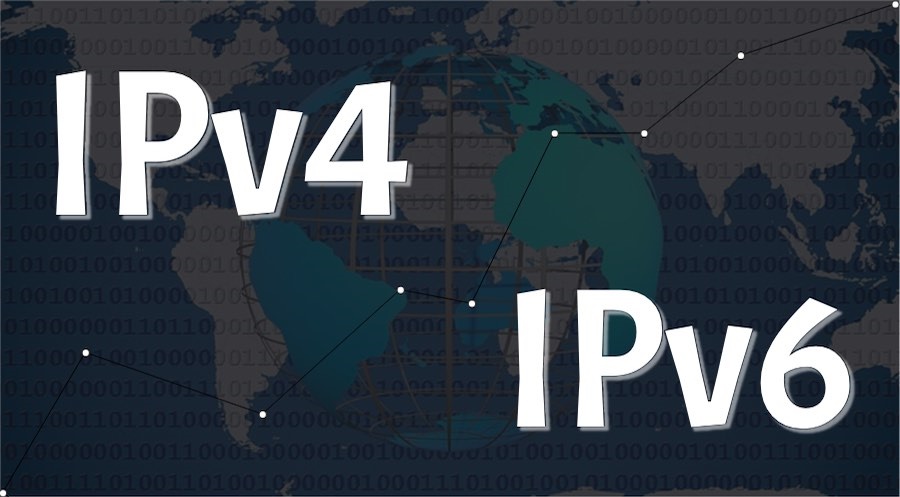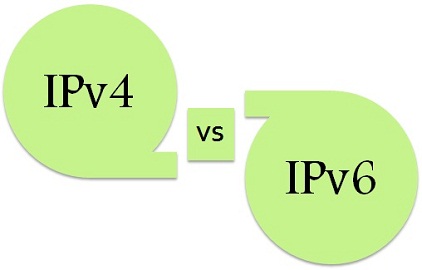What is Internet Protocol?
Internet Protocol is a set of technical rules or set of law which defines how computers communicate or transmit the data or information over a network. There are currently two versions: IP version 4 (IPv4) and IP version 6 (IPv6).
What is IPv4?
IPv4 was the first version of Internet Protocol to be widely used, and accounts for most of today’s Internet traffic. There are just over 4 billion IPv4 addresses. While that is a lot of IP addresses, it is not enough to last forever.
What is IPv6?
IPv6 is a newer numbering system that provides a much larger address pool than IPv4. It was deployed in 1999 and should meet the world’s IP addressing needs well into the future.
What is the major difference between IPv4 and IPv6 ?
The major difference between IPv4 and IPv6 is the number of IP addresses. There are 4,294,967,296 IPv4 addresses. In contrast, there are 340,282,366,920,938,463,463,374,607,431,768,211,456 IPv6 addresses.
The technical functioning of the Internet remains the same with both versions and it is likely that both versions will
continue to operate simultaneously on networks well into the future. To date, most networks that use IPv6 support
both IPv4 and IPv6 addresses in their networks.
Internet Protocol version 4 (IPv4)
Deployed – 1981 1999
Dotted Decimal Notation: 192.149.252.76
Prefix Notation : 192.149.0.0/24
Number of Addresses 2 power32 = ~4,294,967,296
version 4 (IPv4) ==>Address Size 32-bit number
Address Format : Dotted Decimal Notation: 192.149.252.76
Internet Protocol version 6 (IPv6)
Starts From – 2012
version 6 (IPv6) ==> Address Size 128-bit number
Address Format Hexadecimal Notation: 3FFE:F200:0234:AB00:0123:4567:8901:ABCD
Prefix Notation: 3FFE:F200:0234::/48
2 power 128 = ~340,282,366,920,938,463,463,374,607,431,768,211,456


